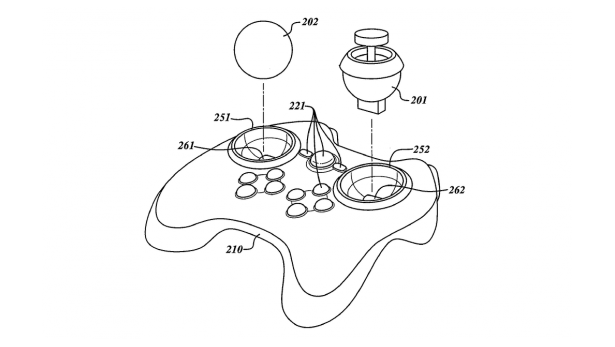The real mystery though is what the pricing will be like. If VALVe decided to add physical storage and expansion capabilities, it will certainly be more expensive than the Ouya, but perhaps less than the next-gen consoles from Nintendo, Sony, and Microsoft. If the console is not cloud-based, it probably will house mid-to-high specified hardware in accordance with where PC gaming specifications are heading. This could mean separate console models that have different components, or just one that is able to be modified as the years pass. If that is the case, I can see it using AMD-based parts considering Intel’s next-generation offerings may well be their last swappable CPUs. VALVe could also just make their own components; the variables are too many to guess at this point.
A cloud-based system still holds in my way of thinking because VALVe has some experience in it. They have Steam Cloud which syncs game settings and Steam Community media, and they have the storage knowledge housing thousands of games on their servers. It would just be a matter of combining the two and offering a stream to the console, like OnLive and Gaikai do. Of course, these services also offer cloud-gaming via browsers, so VALVe would have to add something extra, fresh, and unique to their product, as they always do with everything they release.
This is where Big Picture comes in. Why use a browser to play your games when you can use a media OS that already as one? If anything, we know that people do not mind using Steam, which in all intents-and-purposes is a DRM system at its core; except it is clearly more than that overall, and it most definitely is very interesting when people ask for Steam keys to manage their game library instead of DRM-free games. Compare this to Electronic Arts’ Origin service and…well there is no comparison.
As an added dimension, I can definitely see the Steam console being packaged with their virtual reality headset. This is a relatively unexplored area that VALVe are going towards, and it is quite exciting to see it done by them in respect to what it can bring towards gaming. If they can perfect it, and all signs are showing that they are deeply embedded and passionate about the project, then the appeal and hype surrounding the Steam console will rise even more than it currently is. I would not put it past VALVe to package Half-Life 3 with it, although that has been stuck in the VALVe-time vortex since before that was a real term.
What we know for now is little, but things are shaping to be quite hectic in the coming year. 2012 is coming to a close, and 2013 holds technical marvels that we have yet to see. What we do know is that the push for cloud is increasing, not only in gaming, but in every aspect of tech life. We have more contenders in the console market than ever before, each with their own ideas and goals. VALVe certainly has a hand in everything to make the Steam console a success, most importantly including a massive, affordable, unrivaled day-one library of games. At this point, it will simply be what exclusives you want that will sway you to that particular console, or consoles. VALVe certainly have taken up the initiative to supplant themselves against these console giants (and one small giant); it will be interesting to see where this five-way battle for your home entertainment set-up will go.
 Technology X Tomorrow's Technology Today!
Technology X Tomorrow's Technology Today! 




“The method on how this will happen leads me to believe that the Steam console will be based on cloud infrastructure ”
Sorry, but this is ridiculously stupid. Valve doesn’t play in the cloud-streaming game and that game isn’t ready for prime time.